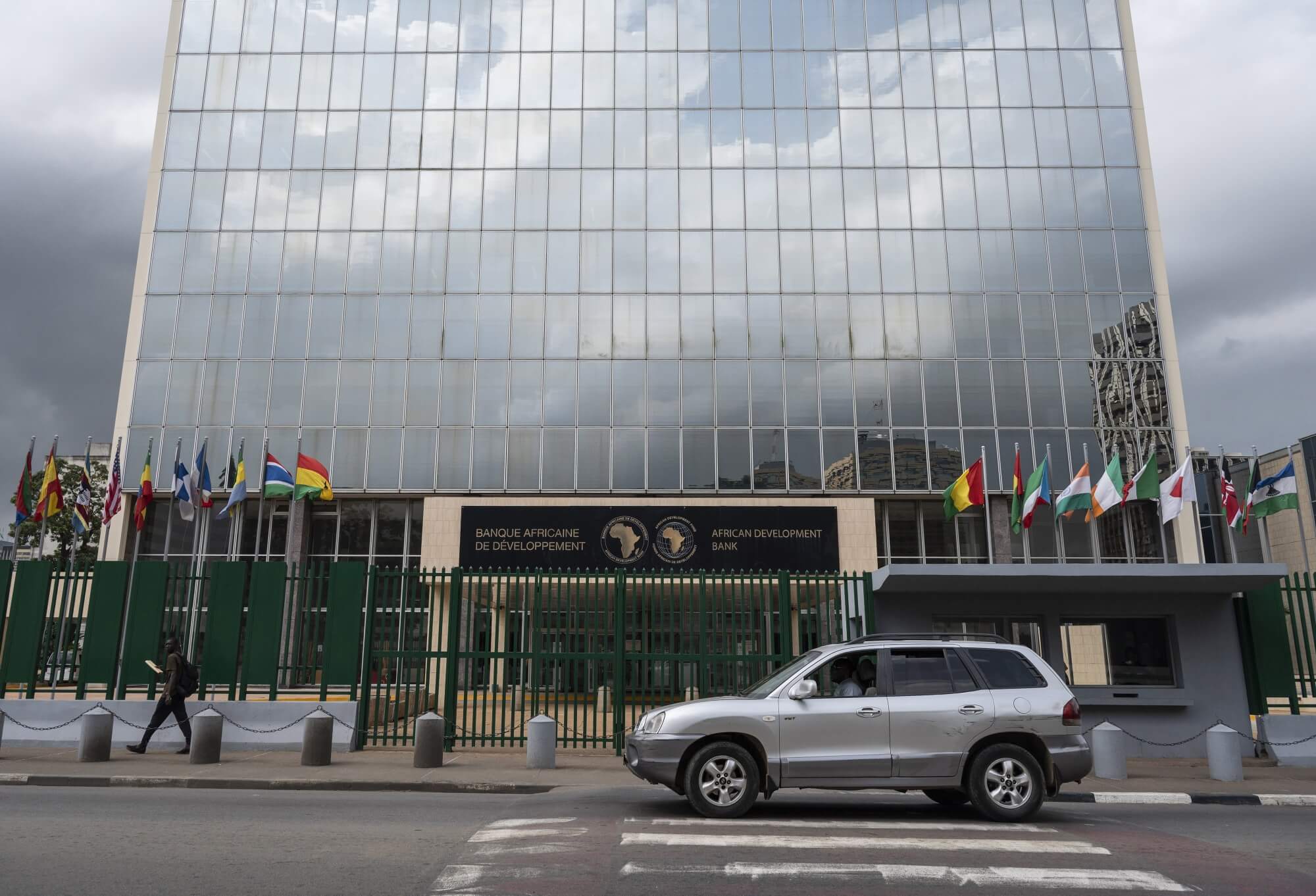The African Development Bank Group (AfDB), otherwise known as the Banque Africaine de Développement (or BAD), is a multilateral finance institution headquartered in the city of Abidjan in the Ivory Coast (Côte d’Ivoire).
Officially, the AfDB has three component entities: the African Development Bank, the African Development Fund (ADF), and the Nigeria Trust Fund (NTF), but they are collectively known as the African Development Bank Group or AfDB for short.
The AfDB started operations in 1964 following an agreement by the Organization of African Unity (which later became the African Union) to incorporate the bank on August 14, 1963, during a meeting held in Khartoum, Sudan, by all 23 of the bank’s founding member states. The first president of AfDB was Mamoun Beheiry from Sudan.
What Is the AfDB?
The seeds for the idea of starting the AfDB came in the 1950s when the colonial period began coming to an end for Africa. The Organization of African Unity (today known as the African Union) sought to unify the continent and provide financing to help meet the development needs of African countries.
Originally, only African nations were allowed to join the AfDB, but the bank started accepting memberships from wealthy countries outside of Africa in 1982 as a way to improve the bank’s credit rating and allow it to more easily raise capital on the open market.
The AfDB currently employs approximately 2,000 people, most of whom work at the bank’s headquarters in Abidjan, Ivory Coast.

What Does the AfDB Do?
The AfDB primarily operates as a source of financing for large development projects. However, the bank also does provide important technical guidance and education for member countries.
The overarching objective of the AfDB is to mobilize and allocate resources to developing countries in Africa and to implement the bank’s 17 sustainable development goals (which are somewhat different from the United Nations 2030 Sustainable Development Goals).
The AfDB participates in both the Climate for Development in Africa Initiative (ClimDev-Africa) as well as the Climate Investment Fund (CIF). The bank is also part of the New Partnership for Africa’s Development (NEPAD) and the Highly Indebted Poor Countries Initiative (HIPC) that works to reduce sovereign debt to sustainable levels.
Who Owns the AfDB?
There are currently 81 member nations (54 from Africa and 27 from outside the continent) that collectively own the African Development Bank, however the African Development Fund (ADF) is controlled by its 25 member nations (one of which is the African Development Bank), and the Nigerian Trust Fund is solely owned and financed by the government of Nigeria.
The AfDB is operated by a Board of Executive Directors that is composed of representatives of each member state, with voting power assigned by each member’s share. Currently, approximately half of the capital in the AfDB comes from African member nations while the rest comes from non-African member states. The largest shareholder nation is Nigeria.
What does AfDB Stand For?

The AfDB stands for the African Development Bank. It uses the acronym AfDB to help distinguish it from the Asian Development Bank (ADB), which was founded first.
What Are the AfDB’s Goals?
The AfDB has 17 Sustainable Development Goals (not to be confused with the UN’s 17 SDGs:
1. Ending poverty
2. Ending hunger
3. Ensuring healthy lives
4. Ensuring quality education for everyone
5. Achieving gender equality and empowering women and girls
6. Ensuring access to clean water
7. Ensuring access to sustainable sources of energy
8. Promoting sustainable economic growth
9. Building resilient infrastructure
10. Reducing inequality between African countries
11. Making cities safe and resilient
12. Ensuring sustainable consumption patterns
13. Fighting climate change
14. Sustainable use oceans and waterways
15. Combating biodiversity loss and land degradation
16. Promoting peaceful and inclusive societies
17. Strengthening the global partnership for sustainable development
Although all of the above are part of the AfDB’s core mission, the majority of projects financed by the AfDB have been related to two sectors: water resources management and agricultural development.
The AfDB has a policy of only financing investments that are deemed “climate-proof,” meaning that they are designed to minimize contributions to global warming while simultaneously remaining cost-effective to implement.
Discover the AfDB profile including eligibility criteria, tender and grants management modes and other relevant information on the largest development sector-related information database – www.developmentaid.org, along thousands of other donors.
See also: A brief history of the EBRD

